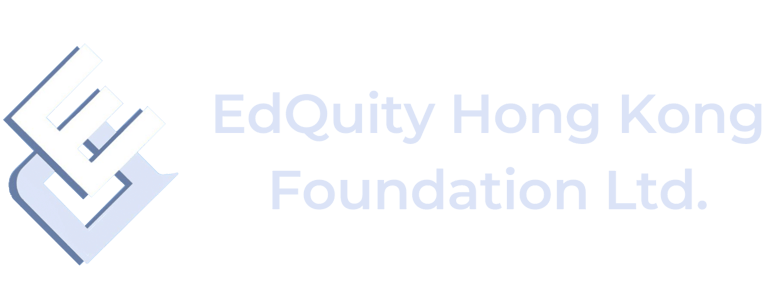2023 ThinkThank Program
Program details
Public
8/31/20236 min read
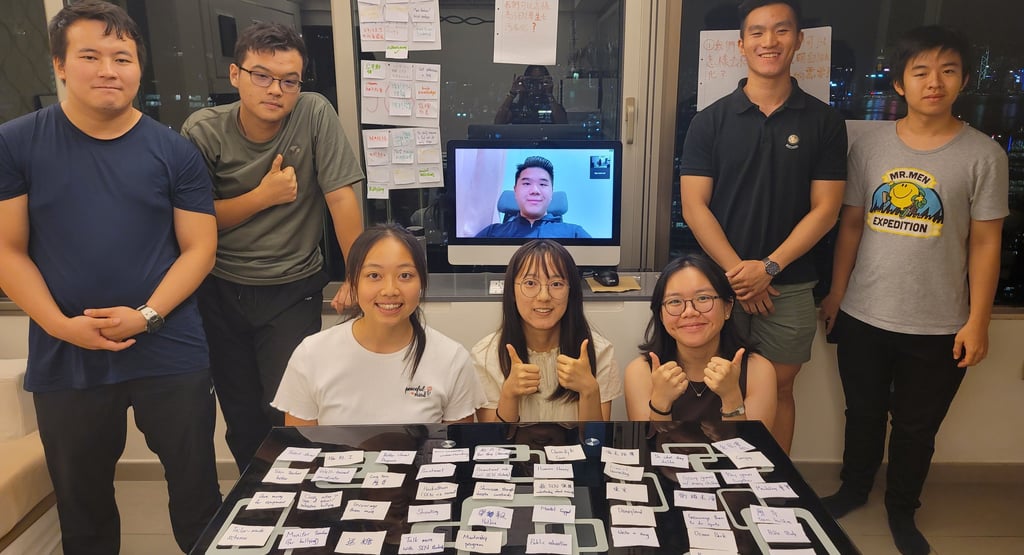

Introduction
The 2023 ThinkTank Program marked the first launch of EdQuity Hong Kong’s new initiative, born out of the discussion-based learning programs we organized in previous years. Drawing inspiration from the Harkness method pioneered at Phillips Exeter Academy, the ThinkTank Program created a space where participants could engage in open-ended discussions, build on one another’s ideas, and voice their unique perspectives on pressing educational issues in Hong Kong.
What set this program apart was its integration of discussion-based learning with design thinking methodology. Participants began by exploring the purpose and ideals of education, then examined the inequities present in Hong Kong’s education system, before moving into collaborative workshops where they developed concrete solutions. In doing so, participants not only deepened their understanding of systemic challenges but also gained the tools to think critically, empathize with others, and propose innovative responses.
Venue and Dates
The program took place both at the EdQuity Hong Kong Foundation Limited office and virtually.
The program dates were as follows:
10th July: Discussion 1
26th July: Discussion 2
10th August: Discussion 3 & Design Thinking Workshop
Participants
As the first pilot cohort, the ThinkTank Program involved a single group of 12 participants. This intimate setting fostered strong collaboration and allowed each participant to contribute meaningfully to the discussions and workshops. The smaller group size also ensured that every participant’s voice was heard, echoing the program’s commitment to dialogue, inclusivity, and shared learning.
Discussion Topics
The ThinkTank Program was designed to guide participants through a logical progression of discussions that deepened their understanding of educational inequity in Hong Kong. Beginning with the fundamental purpose of education, moving into a vision of what ideal education might look like, and finally confronting real-world inequities, this sequence encouraged participants to reflect critically and creatively on both principles and practice.
What Are the Goals of Education? (July 10th): Before we began our discussion, participants watched the TED talk titled “Purpose of Education” given by Claire Boonstra at the event TEDxErasmusUniversity. In this talk, Claire reflects on how rigid norms in school, university, and work forced her to suppress her natural strengths, until she created an environment where she could thrive. She argues that society imposes narrow molds that overlook the infinite diversity of human talents, often leaving people insecure and undervalued. She calls for a rethinking of education — moving beyond training students to pass tests or fit systems, and instead focusing on unleashing individual potential, fostering creativity, empathy, and critical thinking, and preparing young people to shape a future where technology cannot replace uniquely human capacities.
Building on these questions, participants reflected on what they believed the true goals of education should be. Participants emphasized that education should go beyond academic knowledge to cultivate:
Self-realization – helping students discover who they are and what they value.
Life and survival skills – equipping students to adapt in modern society.
Social responsibility – preparing individuals to contribute to their community and country.
At the same time, participants contrasted these aspirations with the realities of the current system: political conformity, mass education that emphasizes efficiency over individuality, and education as a means to secure social status. This set the stage for imagining what education could look like if it truly aligned with its higher purposes.
Envisioning an Ideal Education (July 26th): To spark imagination, participants watched the TED talk titled “Teaching Methods for Inspiring the Students of the Future” given by Joe Ruhl at TEDxLafayette. In this talk, Ruhl shares how shifting from a teacher-centered to a student-centered classroom can inspire authentic learning. He highlights the “five Cs” — choice, collaboration, communication, critical thinking, and creativity — as essential for engaging students, and adds a sixth C, caring, emphasizing the importance of a teacher’s genuine love for both their subject and their students. Building on these ideas, the group explored the question: If we could design an ideal education system, what would it look like?
Key themes of the discussion included:
Student-centered learning and choice – giving students genuine autonomy to explore their interests and take ownership of their education.
Balanced use of technology – teaching students how to critically and creatively use tools like ChatGPT without becoming overly dependent on them.
Holistic development – integrating practical life skills, hands-on projects, and opportunities for creativity alongside traditional academics.
Joy in learning – shifting the perception of education from a task for future employment to a process that enriches life in the present.
Participants reflected that while autonomy and choice are central in Western contexts, implementing such values in Hong Kong requires navigating cultural expectations and systemic structures. Still, many agreed that fostering lifelong learning and diverse, engaging experiences should be a priority.
Exploring Educational Inequities in Hong Kong (August 10th): The final discussion turned to the specific inequities present in the local education system. Participants began by reviewing news articles that highlighted challenges faced by marginalized groups, including students from low-income families, those with Special Educational Needs (SEN), ethnic minorities, and new immigrants.
Through group dialogue, they identified common issues such as limited access to resources, language barriers, stigma and bullying, and inadequate early support services. This discussion broadened awareness of how inequity manifests across different communities in Hong Kong, setting the stage for the design thinking workshop that followed.
Design Thinking Workshop
After completing the three discussion sessions, participants applied design thinking to transform their insights into actionable proposals. The group selected one inequity to focus on, mapped the challenges faced by affected students, and brainstormed potential interventions.
They chose to address the needs of SEN students. Guided by the principle of “destigmatization”, they worked through the design thinking process:
Empathize & Define – Recognized that SEN students often experience discrimination, delayed support services, and social exclusion, despite having unique talents and capabilities.
Ideate – Brainstormed over 60 possible initiatives in just 20 minutes, ranging from public education campaigns to improved assessment processes.
Prototype & Select – Narrowed down to 10 practical ideas, eventually combining them into a final proposal: an SEN Talent Show and Exhibit.
Test & Present – Designed the event as both a celebration and an awareness campaign. SEN students would perform or display their talents (e.g., music, art), while youth-friendly influencers (KOLs) would help amplify the message through videos and media sharing.
The proposal emphasized two key outcomes:
Empowerment – Helping SEN students feel valued and recognized for their abilities.
Public education – Shifting societal perceptions away from deficits and toward appreciation of strengths.
This workshop demonstrated how young people, when equipped with empathy and critical thinking tools, can create innovative and concrete solutions to systemic inequities.
Conclusion
The inaugural ThinkTank Program has been a resounding success, demonstrating the potential of combining discussion-based learning with design thinking to address complex issues like educational inequity. With just one group of 12 participants, the program achieved its purpose: guiding students to move from critical reflection to actionable solutions, while equipping them with the skills of empathy, collaboration, and creative problem-solving.
The enthusiasm, depth of thought, and innovative proposals presented by the participants affirm the value of this new initiative. This first ThinkTank has proven that even in a small, pilot format, students can generate meaningful insights and solutions that challenge existing norms and inspire new directions for education in Hong Kong.
As we celebrate the success of this launch, we are encouraged to continue building upon its foundations in future years. The ThinkTank Program has shown itself to be an effective and impactful model for empowering students to become agents of change — a purpose that lies at the very heart of EdQuity’s mission.
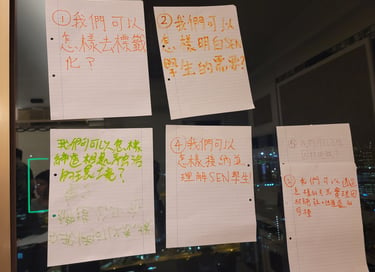

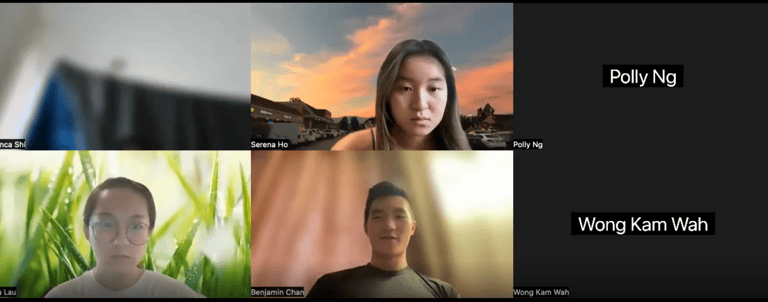

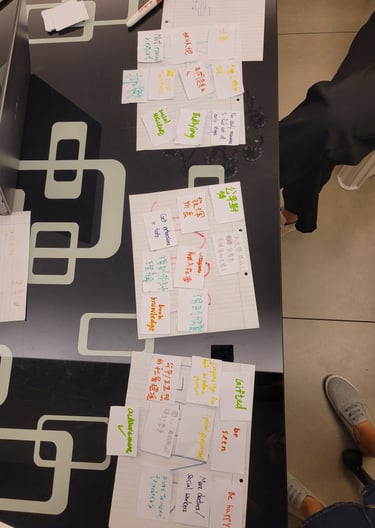

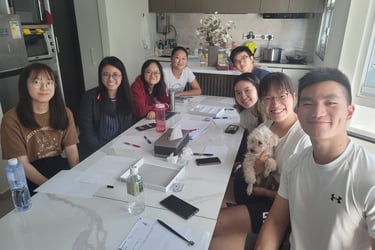

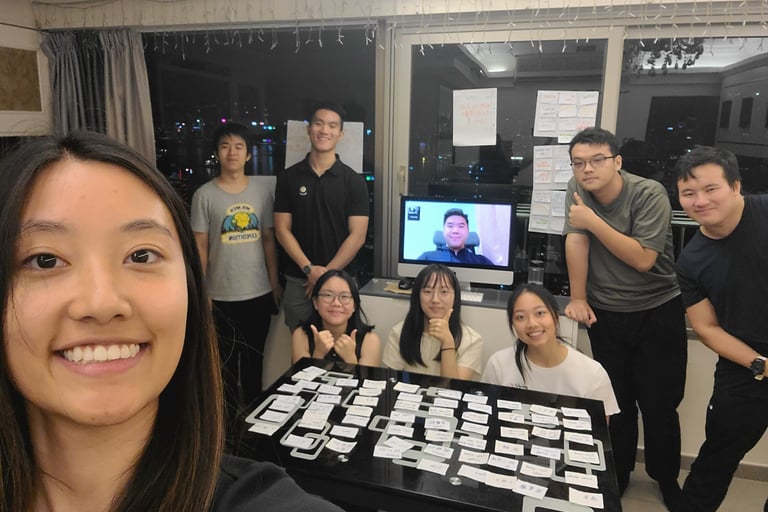

info@hkedquity.org
+852 9829 7377
EdQuity Hong Kong Foundation Limited © 2025
Registered Charity IR File No. 91/19551
www.hkedquity.org is owned by
